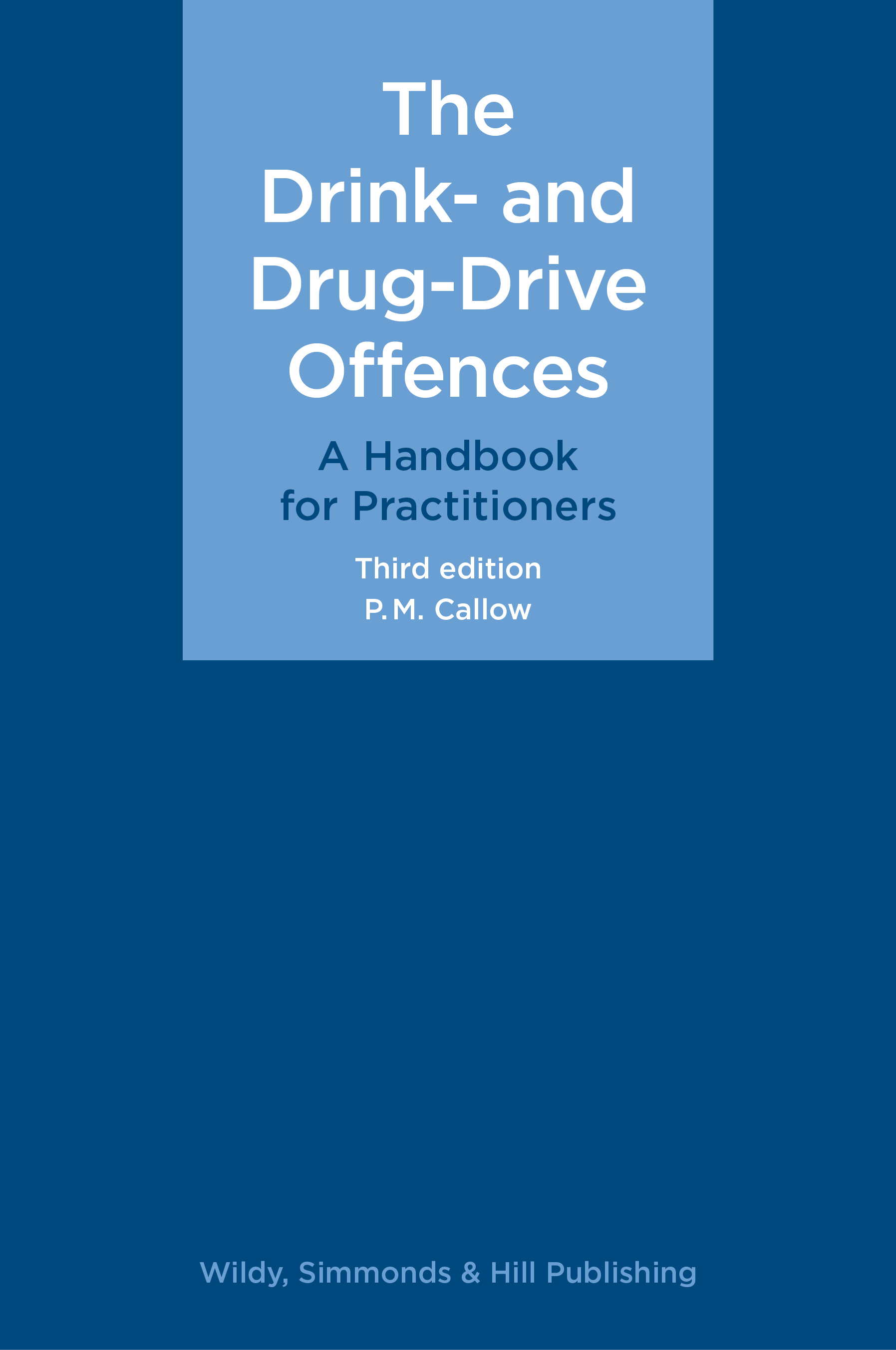
Since the second edition of this work was published, the drug-driving offences have come into their own. These offences, introduced in 2015, now account for almost as many convictions as the excess alcohol offences. The conviction rate for both groups of offences continues to be extremely high, at approximately 95 per cent.
This third edition takes account of some forty judgments of the appellate courts since the publication of the second edition. The more recent challenges to the drink- and drug- driving regimes have taken on a somewhat different character from before. While the interpretation of the statutory road traffic provisions continues to be developed in the case law, other issues are coming to the fore.
The case law on the circumstances in which judicial review is appropriate has been drawn together. This line of cases often features contested decisions on adjournments – common issues are lack of diligence in preparation for trial and/or failure by the court below properly to scrutinise the application for adjournment. The appellate courts have remained constant in insisting on “rigorous scrutiny” of requests for adjournments and have robustly applied the Criminal Procedure Rules aimed at avoiding delay.
Judicial review is increasingly used to challenge decisions of the lower courts; the case law on the circumstances in which this route is appropriate has been drawn together.
In this edition, the commentary on the difficult cases of DPP v Carless [2005] EWHC 3234 (Admin) and R v Coe [2009] EWCA Crim 1452 has been revised to emphasise that neither case sets a precedent for the admission in evidence of the analysis of blood specimens taken outside the regime of the 1988 Act.
This practical and accessible book is intended for all practitioners concerned with this area of law, whether police, prosecution, defence, or court officials, and adopts a neutral standpoint between their various interests.